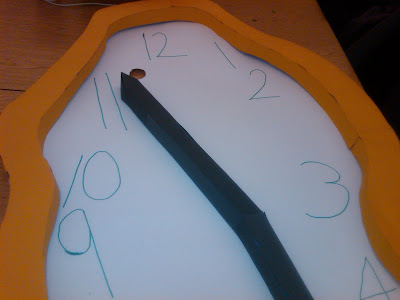 Artist Statement:
Artist Statement: The piano is known for the beautiful melodies that its 88 keys can produce. But beyond its sound, its structure is just as stunning.
I started playing piano at age 5 when my mom made me start taking lessons after she impulsively bought this Kohler & Campbell baby grand. Reluctant at first, I fell in love with the instrument and have been playing ever since. I have also become attached to my piano, where others just don’t feel right to play.
For this project, I hoped to create a model that focused on both that structural beauty and my personal attachment to my baby grand.
I built several variations of my piano, both as a whole and in pieces, in Google Sketch Up. I then printed all the parts using the Makerbot. The material is a rough-like plastic, of which I trimmed and sanded using a Dremel tool. Some model paint and hot glue added the finishing touches.
With this model being silent, or on mute, I hope the viewer can appreciate the structure of the instrument I worked to replicate and build.

Here's a little more about the process:
I spent hours and hours printing this piano on the Makerbot. Since it's such a new technology, I encountered and worked through several malfunctions, such as the platform slipping which shifted the whole print job or the entire top of the machine falling off. A big thanks to Clint Sleeper for all his patience and help in helping solve these malfunctions.
Aside from the printing, I also had some trouble with the assembly and painting since the material is so rough. The sanding didn't seem to help enough with this.
Despite the problems that arose, I feel that I gave myself enough time to work through them and am happy with the end result.











